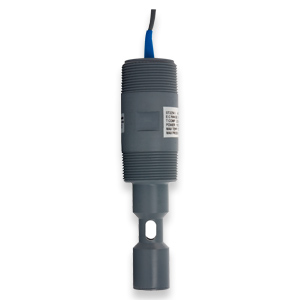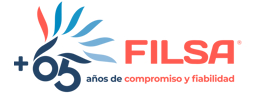In regions where intensive livestock farming generates large volumes of slurry, proper management of these by-products is essential. According to the RuralCat report, 70% of the nitrogen present in pig slurry is in ammoniacal form, making it a valuable resource for crop fertilisation. However, its use must be adjusted to avoid negative environmental impacts, such as water pollution by nitrates.

The implementation of conductivity meters, whether manual or automatic, makes it easier to know the application dose at the time of fertilizing the field, improving the management of livestock manure. This is especially relevant in regions such as Catalonia, where many areas with high livestock density are designated as vulnerable according to Directive 91/676/CEE, which seeks to protect waters against contamination by nitrates of agricultural origin.
This approach is particularly relevant in Catalonia, where many areas with high livestock density are designated as vulnerable under Directive 91/676/EEC, which seeks to protect waters against nitrate pollution from agricultural sources. The ability to rapidly estimate nutrient content in slurry facilitates more accurate and sustainable agricultural management.
In this context, the use of electrical conductivity (EC) to quickly measure the nutrient content of slurry has become an indispensable practice. The B&C Electronics ST3214.2 conductivity meter stands out for its precision and versatility, offering solutions adapted to the needs of modern farmers.






















